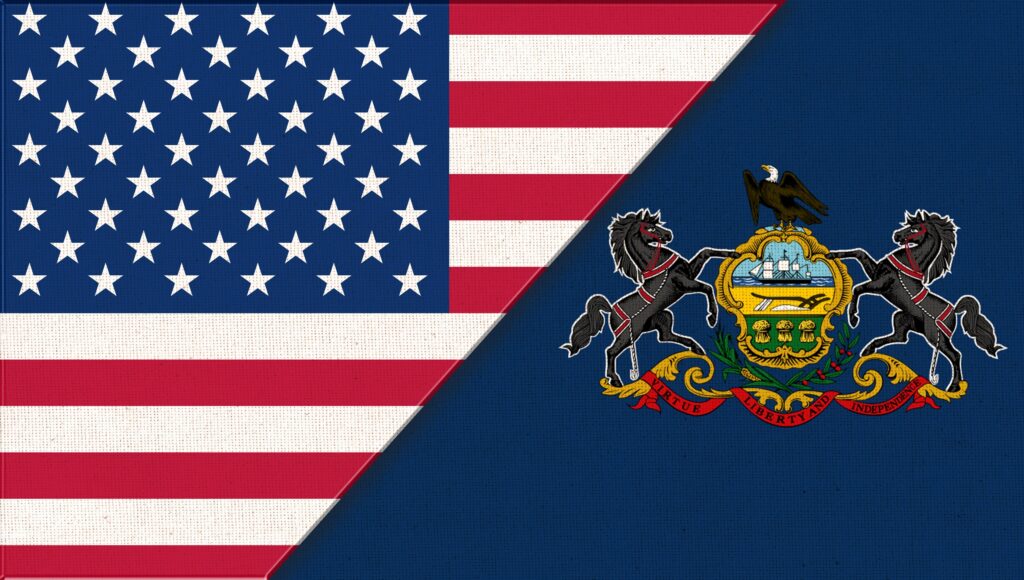Does Educational Pluralism Build Civil Society? A Case Study Of Indianapolis, 2001-2019
- Share via Email: Does%20Educational%20Pluralism%20Build%20Civil%20Society?%20A%20Case%20Study%20Of%20Indianapolis,%202001-2019
- Share via Facebook: Does%20Educational%20Pluralism%20Build%20Civil%20Society?%20A%20Case%20Study%20Of%20Indianapolis,%202001-2019
- Share via Twitter: Does%20Educational%20Pluralism%20Build%20Civil%20Society?%20A%20Case%20Study%20Of%20Indianapolis,%202001-2019
Author
Key Points
Most democracies support educational pluralism.
Students benefit when we enable schools with distinctive cultures to flourish, and when we hold them accountable for academic results.
No school system is perfect, but Indianapolis’s nimble, responsive approach to education has led to new opportunities for community engagement and investment in the next generation.
Press Release
How Pluralism-Friendly School-Choice Policies Engage with Civil Society
Introduction
Political theorists agree that democracy requires a differentiation of roles between the individual, the state and civil society. In this paper, “individual” refers to an independent and morally responsible human actor and the abstract “state” indicates the realm of governmental power. The notion of “civil society” as its own domain developed in the eighteenth century, and indicates the cluster of voluntary activities in which free citizens engage, such as the synagogue, the church, community food banks, philanthropies that support tutoring and AIDS research, and local softball leagues. Writing in the 1830s, Alexis de Tocqueville considered the voluntary sector to be both a hallmark of American democracy and a crucial, protective buffer against both the isolated individual and the totalizing state.
Many democratic school systems reside within civil society rather than exclusively with the state. To name a few: the Netherlands funds 36 different kinds of schools on equal footing; Hong Kong’s government funds public education, but the voluntary sector delivers it; in Alberta, Canada, numerous non-governmental entities provide education, including Inuit, Jewish and secular schools. Note that in each case, the government holds such schools accountable for academic results; educational pluralism is not libertarian. It is the democratic norm. By definition, such models bolster the voluntary sector by funding it—and trusting it—to deliver public education.
The United States used to be educationally plural but chose a uniform delivery model in the late nineteenth century, wherein the school district became the sole carrier of public education until the 1990s. In other words, America—unlike most other liberal democratic nations—decided around the Progressive Era that every geographic area should have one government provider of public education instead of many nongovernmental providers. In the last three decades, however, many United States school systems have become more plural through laws that enable more educational options. As a result, charter schools, education tax credits, vouchers and education savings accounts have changed the landscape.
The replacement of the traditional, uniform-delivery district with alternative schools— whether charter or private—is not an unqualified gain; research on school closure suggests that the loss of an anchor institution such as a neighborhood school (or a Catholic school) is often accompanied by a grieving period, and sometimes with academic learning loss—except when students transfer to higher-performing schools in the process.
Nevertheless, a strong body of research shows that attending schools with distinctive missions and rigorous academic programs generates positive academic and, critically, civic outcomes for students. But, what specific impact does expanded access to such schools have upon the local voluntary sector? That is, how does educational pluralism affect not only students’ success, but their community’s wellbeing? By studying one of the most educationally plural cities in the country, Indianapolis, we find the effect upon civic life can be positive.










